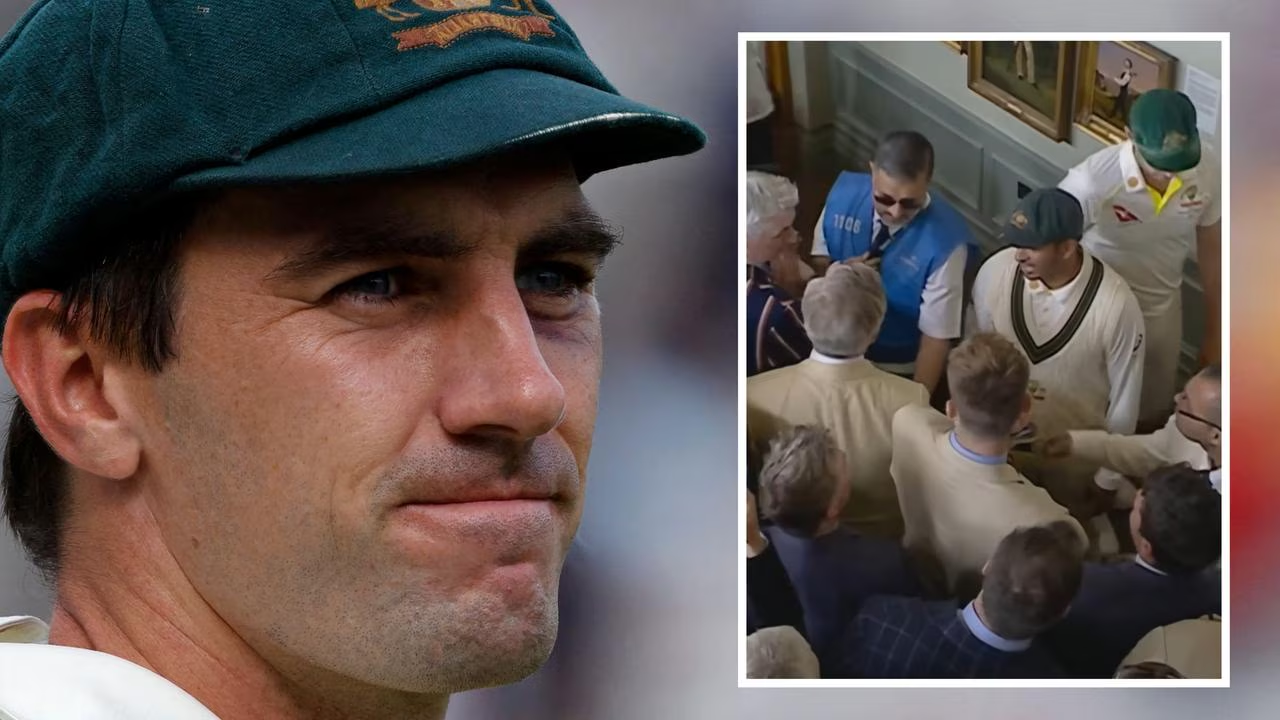Ashes moments that stunned fans

From metal bats to moral meltdowns, the Ashes has produced some of the most memorable scandals in sport.
For more than 140 years, Australia and England have battled it out for pride, bragging rights, and a tiny little urn, and along the way, cricket’s fiercest rivalry has delivered no shortage of chaos.
But according to Half-Arsed History podcast host and cricket tragic, Riley Knight, there are three moments that stand out above the rest.
Dennis Lillee’s metal bat
He was arguably the most outstanding fast bowler of his generation, but in 1979 Dennis Lillee made headlines around the world for a stunt he pulled while batting in an Ashes clash in Perth.
“On the second day of play he (Lillee) strides out to the crease … with a bat that was made of aluminium!” Knight told news.com.au.
No one had ever used an aluminium bat before, but to be fair, there was no rule at the time stipulating that bats had to be made from wood.
“His mate owned a company that was manufacturing these aluminium bats,” Knight explained. “So he (Lillee) goes, ‘no worries, you give me a little slice of the action and I’ll walk out into an Ashes Test match and I’ll bat with one of these things.’”
The marketing stunt didn’t sit well with England’s players who complained to the umpire that the metal bat was damaging the cricket ball.
Eventually, Australia’s captain at the time told Lillee that he had to use a wooden bat for the remainder of his innings, much to the larrikin’s annoyance.
“Lillee’s having a temper tantrum and chucks the aluminium bat about 40 metres towards the crowd,” Knight laughed.
There were two notable knock-on effects from the aluminium bat fiasco, Knight said.
“This prompted a change in the rules, the laws of cricket as they’re known … to say, ‘no, actually your bat does need to be made of wood.’”
The other effect was a boon for Lillee’s mate’s business.
“Guess how the sales of these aluminium bats went after this big controversy? Flying off the shelves!” Knight chuckled.
The stumping that shocked a nation
Another controversial Ashes moment happened only two years ago when the series was held in England.
During the second test at Lord’s, England’s Jonny Bairstow was stumped by Aussie keeper Alex Carey after carelessly strolling out of his crease at the end of an over.
Bairstow believed the ball was ‘dead’, but the umpire had yet to call “over”.
The incident incensed the Brits, who argued that while the dismissal was technically within the rules, it was not in the spirit of the game.
“ I would be sympathetic to many of the arguments the indignant English were putting forward, whinging about how this was inappropriate and it was just not cricket … if Johnny Bairstow himself hadn’t done exactly this before,” a fired-up Knight said.
Just two days prior, the English keeper had attempted a similar cheeky stumping on Australia’s Marnus Labuschagne.
“ You lose any moral high ground you have, you lose any authority you have to tell us off for doing something like that, when you have done it yourself,” Knight told news.com.au.
The Bodyline Series
The third most controversial Ashes moment happened all the way back in 1932, when the English team adopted a new tactic in an attempt to contain the batting of Australia’s Sir Donald Bradman.
“He didn’t have many weaknesses, but one of his weaknesses … was that he didn’t like balls being thrown very fast at his body,” Knight joked about Bradman.
“So the English came up with ‘Fast Leg Theory’ which has since become known as ‘Bodyline.’”
It was a tactic where fast, short-pitched balls were deliberately aimed at the batter’s body with a packed leg-side field to force defensive deflections and create easy catches.
“It was allowed in the rules back then, but it was certainly seen as unsporting,” Knight said about the dangerous tactic that left several players injured.
“This was a very controversial moment in the history of cricket because cricket has always had this reputation of being a gentleman’s game,” Knight explained. “It’s a game where honour and fair play … are very important.
“So the English team was seen as sort of playing outside the spirit of the game … to contend with the greatest player to ever pick up a cricket bat.”
Eventually the rules were changed to outlaw the ‘Bodyline’ tactic.
These three controversies prove why the Ashes is more than just a cricket series, it’s a saga defined by legends, scandals and fury.
For more on these cricket controversies, and the history of the Ashes, check out the full interview with Riley Knight in the video player at the top of this article.





